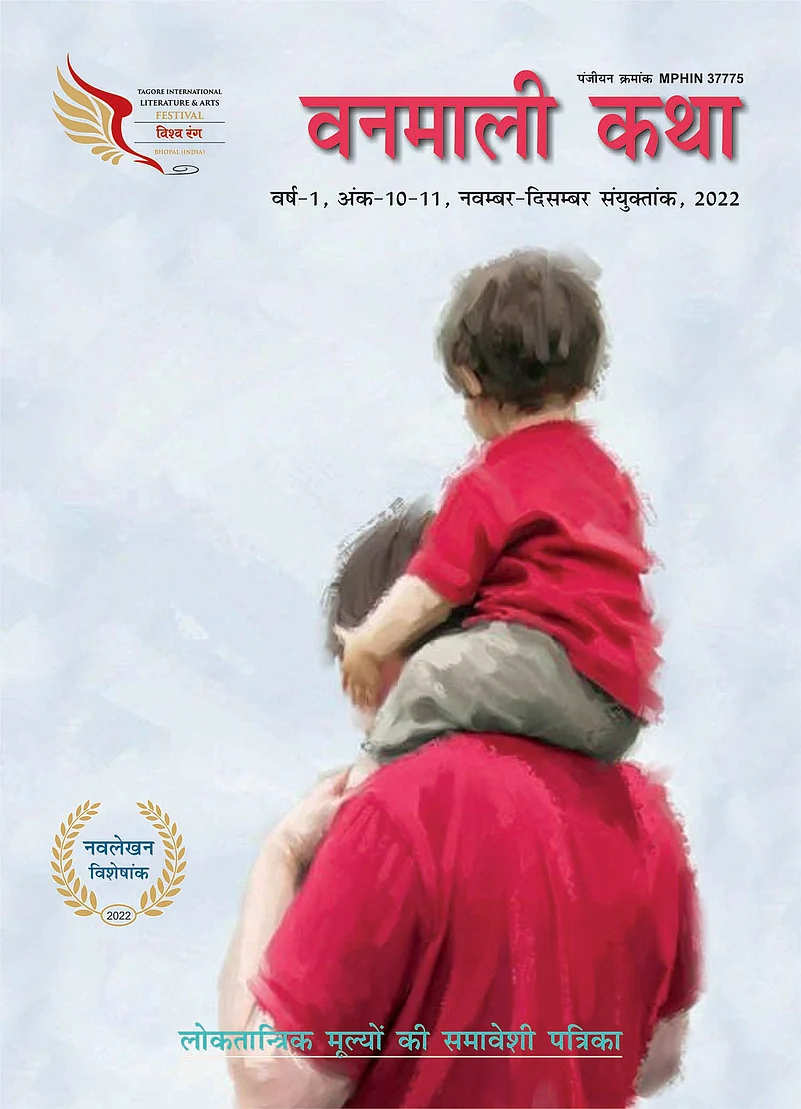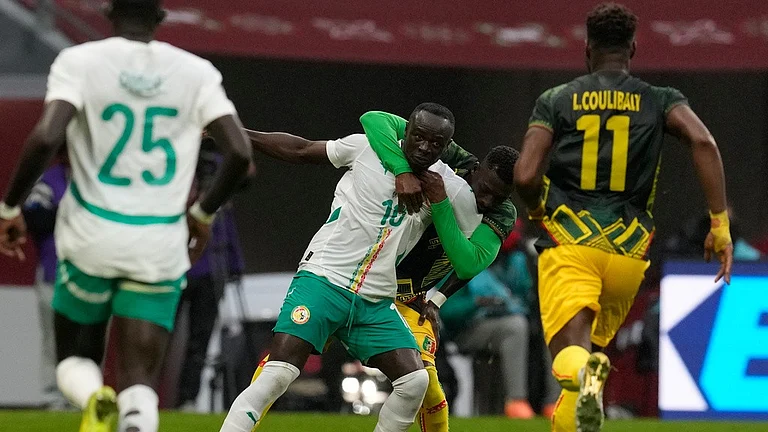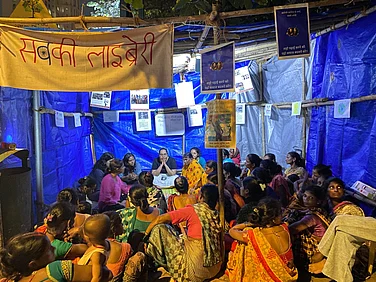I faced multiple vantage points when I began writing on ‘Navlekhan Visheshank’ of the Hindi journal Vanmali Katha, a special issue dedicated to short fiction by young writers. The wonderful issue brings on a palette short stories by as many as 25 writers who work in a language that has been in the grip of regressive power centres for a while.

At first, I wanted to begin with the joy and wonderment of a melancholic writer, who finds himself before a fading sun in the later part of his life, upon discovering eleven debutant voices in a single issue. I then wanted to begin with the editorial vision that brought so many new writers in a language that has not been able to offer any financial security to people who chose the path of narrating stories. The journal’s editor Kunal Singh, himself a master storyteller, who can dribble magically with words like an ace footballer, has registered a rare literary triumph. Kunal declares his intent behind the issue in his searing editorial: "It's the younger generation that becomes the flag-bearer of short fiction."
I also wanted to contest the cynicism of Hindi power centres that have been “happily mourning” the shift of the younger generation to English as a mode of creative writing. This special issue of Vanmali Katha, a monthly journal by Bhopal’s Rabindranath Tagore University, has singlehandedly challenged the prevailing lament by bringing on board over two dozen voices, who, if they manage to nourish their creative energies, can transform the face of Hindi short fiction.
Trained under the legendary editor Ravindra Kalia, Kunal seeded the idea of a new literary journal, which was instantly supported by the university’s VC Santosh Chaubey. In just a year of his stint as editor, Kunal has packed almost every edition with remarkable stories and memoirs, with ‘Navalekhan Visheshank’, a joint issue for the month of November and December, being the best with its ambition, content and design.
Through my incessant job travels over the last month, from Bengaluru to Jaipur and Durgapur, I had been in search of an appropriate beginning that does justice to the journal, as well as the art of each writer. At one point, I wanted to begin with a brief analysis of Beji Jaison’s devastating story ‘Dhoop Mein Nahi Kumhlati Lily’. The story opens with a tragic family of four sisters before it comes to focus on two of them and moves in a dark fog. The elder sister is to be sent to a mental asylum, with her only hope, her younger sister being the conflicted narrator. The elder one believes that the younger one will understand her truth about not being mentally unsound, only to be left disappointed, leading to a chain of heart-wrenching events. The story may not remind you of Anton Chekhov’s Ward Number Six, but it goes further and explores the lives of people caught inside the ward.
But Jaison was not to be my opening character because sifting through the magazine during a taxi ride in Udaipur, I contemplated the beginning by a brief exposition of Kaifi Hashmi’s story ‘Shia Butter’ that left me astonished by the sheer freshness of its language and phrases, and the strength of the narrative. At the centre of the story is a lake full of fish and a possible treasure trove at the bottom. Hashmi weaves an extraordinary tale of corporate greed that eyes the treasure, and contrasts it with the struggles of people living close to the lake.
Still dissatisfied, I then toyed with a different beginning in a flight from Bengaluru to Jaipur. The idea was now to begin by jotting down the names of all the writers who made the issue possible. I hated myself for the idea, and yet promised myself to write a detailed essay on each of them at a later stage of my life: Ashish Shukla, Priya Verma, Beji Jaison, Mudit Srivastava, Maulshri Saxena, Latika Priyadarshini, Vikas Vasishth, Viyogini Thakur, Shilpi Jha, Saurabh Singh, Anurag Anant, Uzma Kalam, Usha Dashora, Kinshuk Gupta, Kaifi Hashmi, Deepika Singh, Pallavi Pundir, Poonam Arora, Pradeept Preet, Priyanka Shah, Rahul Srivastava, Shahadat Khan, Subham Negi and Sabahat Afrin.
And yet, I wanted to begin with a negative note about why the magazine is not available online? When a range of journals are on platforms like Amazon, what has prevented Vanmali Katha from coming online?
And then I couldn’t help ignoring the political statement it has made. I now wanted to start by underlining that of the 25 writers, 14 are women belonging to different social strata, a telling comment about the landscape of contemporary Hindi literature. Some may contest the gender division of writers but Orwell had underlined that while he hates politics in literature, he lends it a priority once it arrives as a picture.
But, at this moment, on the eve of Republic Day and Vasant Panchmi, when the Indigo aircraft I am on leaves the Durgapur airport, creating an ascending arc, all I can see is a bright light ahead. A young generation that locates its tales in every rhythm and wants to lend old and new realities and fantasies to words.
At the altitude of 36000 feet, I prepare myself for the moment when the rubber of the Airbus 320 touches the runway at Bengaluru, the moment when I will begin my essay with these words: “With Navlekhan Visheshank in my hands, my voice turns firm as I want to announce that the future of Hindi fiction is in better as well as responsible hands.”
(Chandan Pandey is an acclaimed Hindi novelist.)





















